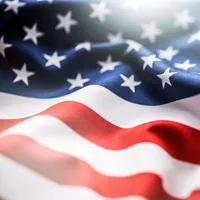In a Federal Register notice of December 23, 2020, U.S. Customs and Border Protection issued revised country of origin marking requirements for products from the West Bank and Gaza to incorporate guidance provided by the U.S. State Department last month (see https://www.gdlsk.com/u-s-state-department-initiating-new-guidelines-for-the-country-of-origin-marking-of-israeli-and-palestinian-goods-produced-in-the-west-bank/?highlight=israel).
Under the new guidance, the following requirements apply:
- Goods produced in the territorial areas of the West Bank where Israel continues to exercise relevant authorities (Area “C” under the Oslo Accords and the area known as “H2” which is under Israeli administrative control consistent with the 1997 Hebron protocol) must be marked as “Israel,” “Product of Israel,” or “Made in Israel.”
- Goods produced in Areas “A” and “B” under the Oslo Accords, which are under the civilian oversight of the Palestinian Authority for these purposes, along with the area known as “H1” from the above 1997 Protocol, must be marked as “West Bank,” “Product of West Bank,” or “Made in West Bank.”
- Goods produced in Gaza must be marked as “Gaza,” “Product of Gaza,” “Made in Gaza,” “Gaza Strip,” “Product of Gaza Strip,” or “Made in Gaza Strip.”
- Goods from any of these territorial areas must not be marked in conjunctive form, such as “West Bank/Gaza,” “West Bank/Gaza Strip,” “West Bank and Gaza,” or words of similar meaning.
While the above position is applicable as of December 23, 2020, a transition period is being provided through March 21, 2021. Any goods entered or withdrawn from warehouse for consumption into the United States after such date must be marked in accordance with the new requirements.
Should you have any questions, please do not hesitate to contact our office.




